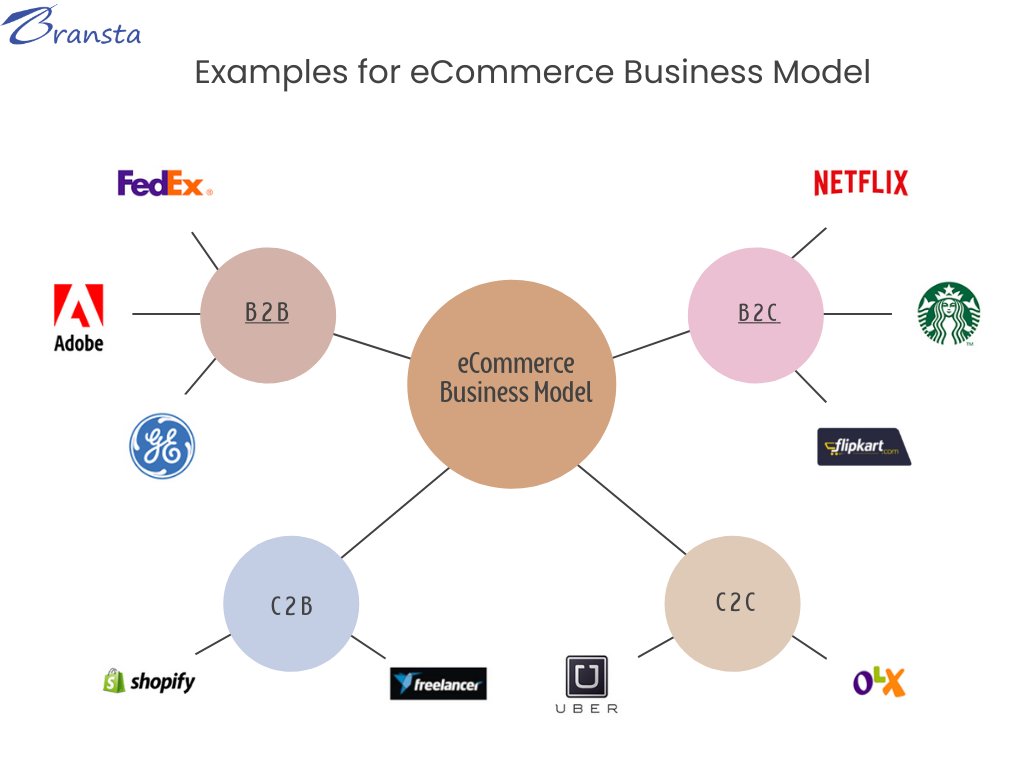Here I am giving you a step-by-step process to launch your dream Project. Before you start, you should understand that there is no shortcut or simple way to make money online. Many people realized this after they entered the online business. So, I strongly recommend you do market research to identify a product or service before you invest your money and time in the eCommerce industry.
Step 1
Do research on Market and Product Ideas
As I mentioned before market research is the first step to enter in the eCommerce industry. You need to consider many things to doing your research.
- Consider the global demand for your product or service
- Identify the target market
- Direct and indirect competition
- Consider market leaders and their marketing strategies.
the above mentioned are some facts you should consider in your initial market research.

Step 2 Identify Business Model
B2C – Business to consumer.
In the B2C business model, the vendor sells the product or service to the consumer. The B2C model is the most common business model. As a customer, if you buy something in an online store, it is an example of a B2C business model.
Example- If you are buying a mobile phone from an online store then it is a B2C business transaction.
B2B – Business to business.
In B2B business model normally promote their product or services among the business firms. In this model, bulk order transactions will take place. The buyer cannot buy a single piece, a minimum order quantity is involved in this transaction.
Software and IT service providers are examples of this type of business model. B2B businesses need more startup costs to compare other business models.
C2B – Consumer to business.
The C2B model allows a customer to sell the product or service to the companies. Upwork and freelancer are examples of the C2B business model.
C2C – Consumer to consumer.
The C2C model represents a market environment, that allows to sell or buy a product or service from one customer to another using a third-party platformer or a marketplace. OLX eBay and amazon are examples.

Step 3
Pick out a high-potential/ Convincible product
The next step is to confirm your final product. For your success in online business, some more things to take care of in your product selection,
-
Your product should be a solution for customers’ problem
-
Ensure the product will give you a high margin of at least 35%
-
It can be easily warehouse and easy to ship
Step 4 Find your manufacturer / Supplier
After finalizing your product, finding a supplier for the product is another task, your product idea has high demand but if your suppliers are not able to handle the required supply capacity then you will easily quickly out from the market. Product quality, price, production capacity, and financial stability of supplier are the main component of finalizing your supplier. Therefore, you should ensure your supplier is able to fulfill your terms and condition. You can also maintain multiple manufacturers for your product to balance the market requirement.
Step 5 Confirm Your Brand name
The next step is putting your Brand name for your Product and the online store. A brand name is the identity of your company and product to the customers. Your brand name should be unique and easy to remember, a shorter name is easy to remember. Register your domain name in your brand name. Consider the below elements in your brand name before finalizing it.
- Brand voice.
- Brand identity.
- Brand promise.
- Brand values.
- Brand targeting.
- Brand positioning.
Step 6 Register and obtain legal Requirements
Now is the time to complete the legal formalities, based on your business activities and incorporation the legal formalities may differ in different locations, basically in India we need licensing from the local authorities. Apply for PAN, DIN, GST, and bank account. These are the basic requirement, for more details contact your local authority and obtain the requirements to fulfill your legal formalities.
Step 7 Build Your eCommerce website
Now is the time to hire your technical team or outsource for technical support to build your website, if you are technically not able to do it.
You can also use service pre-built eCommerce service providers like Shopify.com, Wix.com and etc. to create your eCommerce website. Create a framework /mockup before making your original website. It will give you a clear vision of how to do it.
Register your domain name and Hosting plan. Many domain name providers are available in the market, you can choose any domain service provider from the below.
NameCheap
Domain.comare below
Google Domains
GoDaddy
Bluehost
Hostinger
A2 Hosting
DreamHost
SiteGround
GoDaddy
Step 8
Setting up your online payment System
Setting up your payment methods on your website, below are the major payment gateway service providers in India. You can select any service provider at your convenience.
- PayPal India
- PayUMoney
- CCAvenue
- Razorpay
- Instamojo
- Cashfree
Step 9
Work out your fulfillment and shipping strategies
Warehousing or Fulfillment is the next task, how and where you store your products, transport your products from the supplier and ship your products to the customers against their order, many logistics and warehousing service providers are available in the market you can associate with them to manage your warehousing and shipping activities.
Step 10
Lunch your online store/ Make your store live for the public
Once you completed above mentioned 9 steps then this is the right time to go live with your product to your audience. Lunch your eCommerce website into the market.
Step 11
Promote your Product and Store using digital marketing
After launching your eCommerce website, the next task is to promote your product and website to your audience / targeted market.
There is a bunch of ideas to do the promotional activities, Digital marketing is the overall term, click here to know Digital marketing methods.
Step 12
Focus on building brand awareness.
It is the part of the Brand building, collecting the information and data based on your Digital Marketing and Developing a marketing and Branding strategy to Increase your brand awareness, brand value, and market share, and execute the strategy. Do the necessary modification according to future requirements in your strategy.
I hope this article is helpful for you, your comments and feedback are greatly appreciated.
Signing off,
Mujeeb Rehman

Exactly.